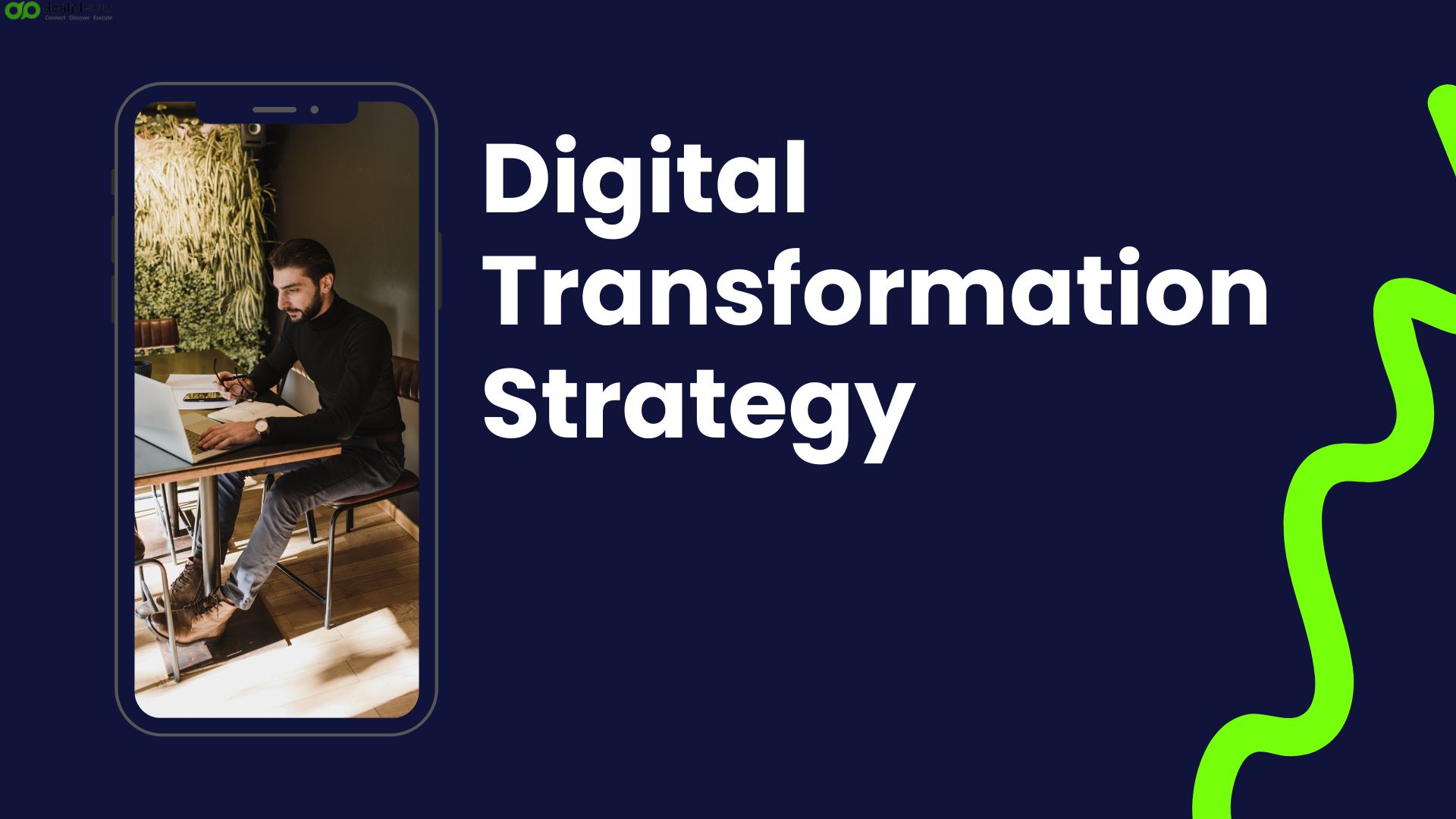Creating a Strong Digital Transformation Strategy for Modern Businesses
In today’s rapidly changing digital world, there has never been a more important time to be able to adapt. For...

In today’s rapidly changing digital world, there has never been a more important time to be able to adapt. For any company hoping to remain competitive, business transformation through digital strategies is essential. As technology advances, the ways in which we interact with our customers and streamline our operations must also evolve. One key aspect of successful digital transformation is adopting a mobile-first approach.
Understanding Digital Transformation Strategy
A digital transformation strategy is a plan for using digital technologies to improve business processes, enhance customer experiences and drive innovation. It’s not just about adopting new technology; it involves rethinking everything that an organization does at its core. Effective digital transformations can lead to more efficient operations, data-driven decision making and ultimately better financial results.
The Rise of Mobile-First Strategies
Mobile devices have changed the way we live and therefore they should be an important part of any company’s strategy for going digital. With this approach, the design and optimization of digital experiences should start with users on mobiles before scaling up to larger screens such as desktops. Looking at the numbers – by August 2022 mobiles accounted for 62.06% of total website traffic – it becomes clear that businesses can no longer afford not to target mobile users.
Components of a Mobile-First Strategy
User-Centric Design
At the heart of every mobile-first strategy lies user-centric design which means understanding customers’ journeys and optimizing touchpoints for ease-of-use on small screens like those found in smartphones or tablets. Responsive design is crucial as it makes websites adjust automatically according to different screen sizes while intuitive navigation helps visitors find what they are looking for quickly even if they are using their fingers instead of mouse pointers. Quick load times matter too because people want things fast when browsing products or making transactions through apps!
Comprehensive Mobile Testing
To ensure that applications work well across devices and operating systems, it is important to test them on as many different types of mobiles as possible – this is what we call comprehensive mobile testing. Emulators can be used but they cannot mimic all real-world situations therefore real devices should also be included in the process. The reason behind doing so is simple: people expect apps to look and behave consistently regardless of which phone or tablet they are using.
Optimized Performance and Compatibility
Mobile users have zero patience for slow interactions; therefore high performance is a must-have feature. Applications that take ages to load or respond will only frustrate users who may end up abandoning them altogether. Compatibility across various devices running on different platforms including various versions of Android and iOS cannot be ignored either – an app should work seamlessly no matter where it’s being accessed from. Therefore, testing for both performance and compatibility helps deliver a good user experience.
Collaborative Efforts in Digital Transformation
For a digital business transformation to succeed, developers need to work closely with testers, especially during agile development where continuous integration and delivery are common practices. While coders concentrate on coming up with innovative solutions, quality assurance personnel ensure none of these solutions has any loopholes or bugs. Breaking down silos between departments within an organization promotes better communication among staff members thereby enabling the smooth execution of all projects related to going digital.
Overcoming Challenges in Mobile-First Implementation
Implementing mobile-first strategies comes with its own set of challenges; however, these can always be overcome if approached correctly. Setting up a mobile device lab might seem expensive at first glance not forgetting maintenance costs that come afterwards too but when done right it provides more accurate results since applications are tested under real conditions where they will eventually be used the most. Secondly, agile methodologies have made developers become testers themselves thus requiring efficient collaboration tools/processes between development teams alongside other departments such as QA etcetera
Conclusion
To achieve success in the future, it is important for business organizations to carry out digital transformation strategy effectively. Businesses can meet the needs of their customers who are mostly mobile-based by giving priority to a mobile-first approach. In order to become more adaptive and competitive than before, firms need to go through user-centred design, rigorous testing as well as smooth cooperation during this process of change towards digitization.



